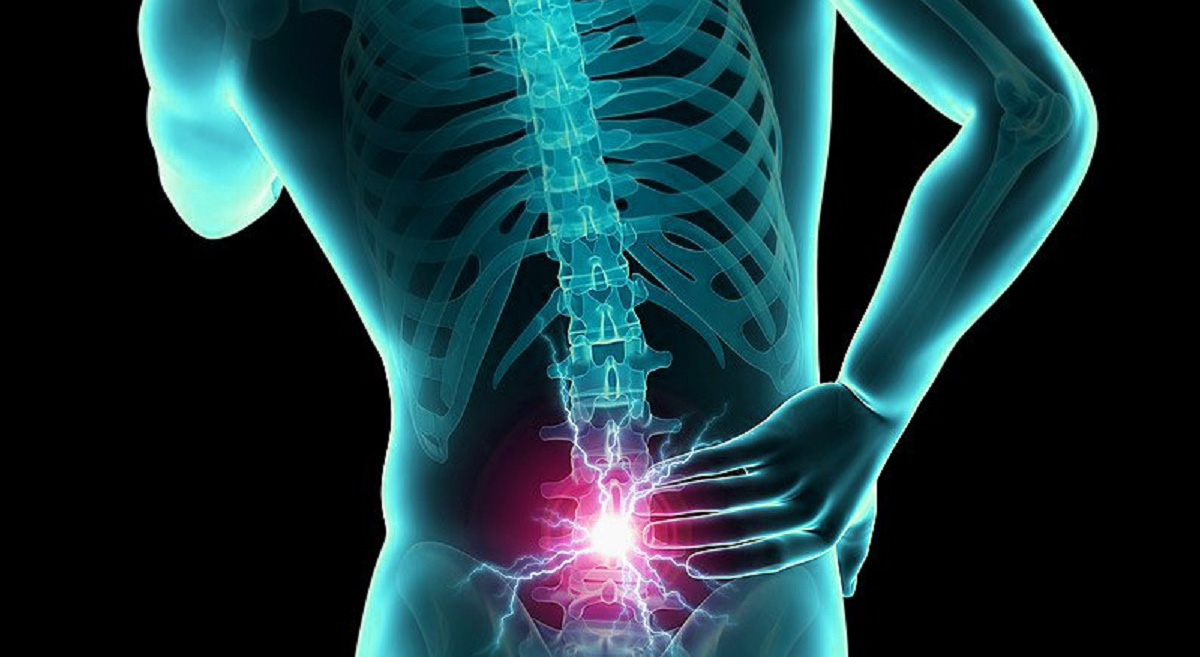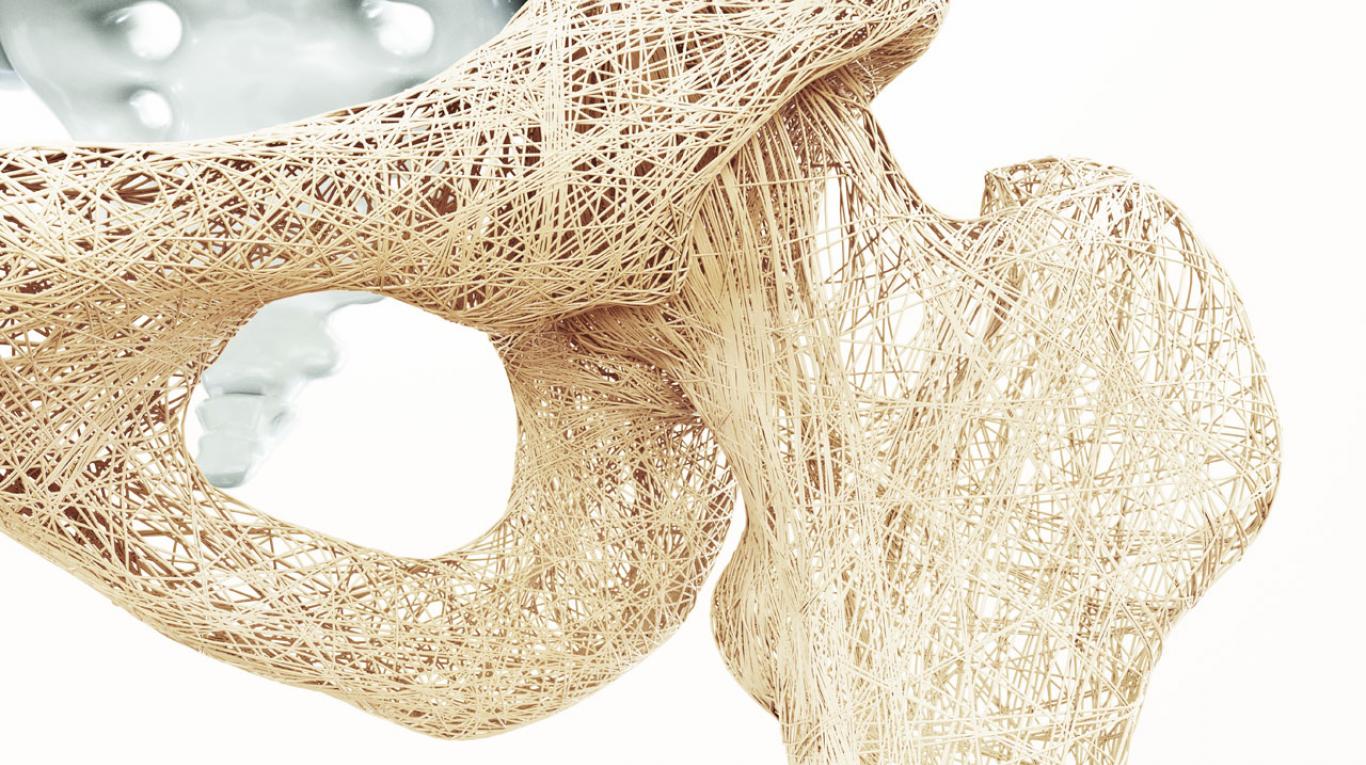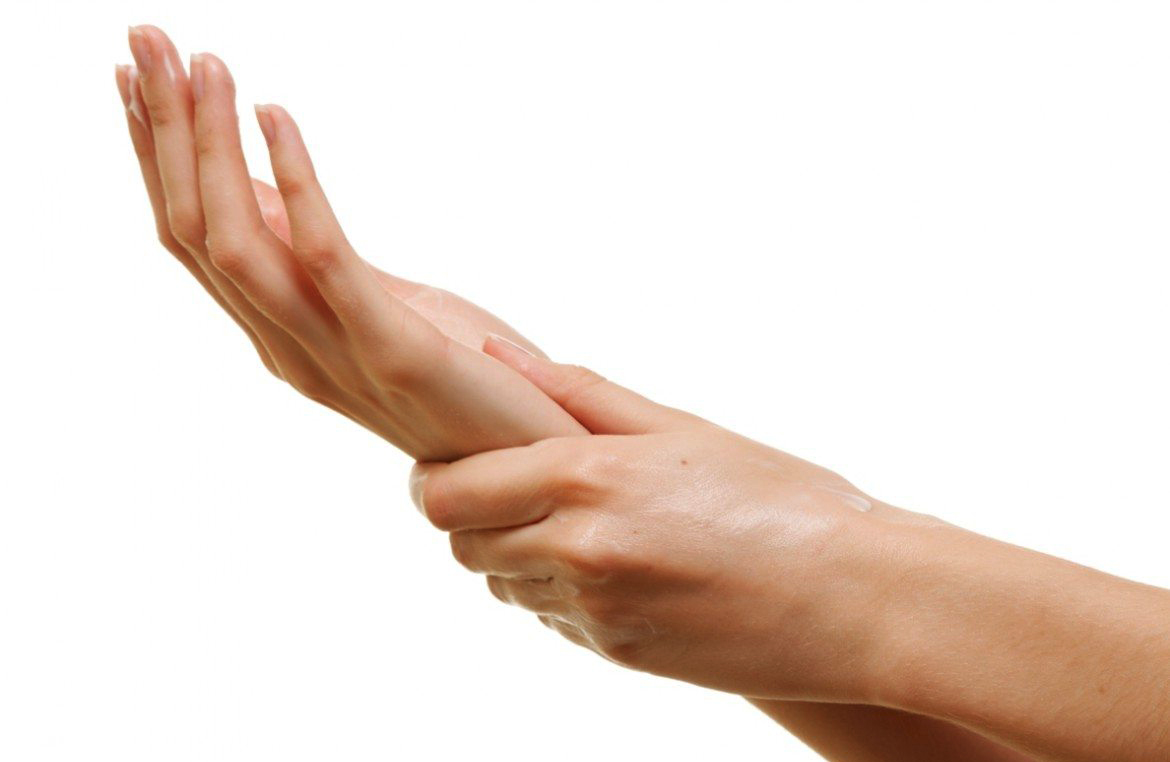Low back pain is defined as pain, of any cause, in the area of the back, from the last ribs to the gluteal folds.
Low back pain is very frequent. It is the main cause of disability in people between the ages of 19 and 45, and the second most frequent cause of loss of work days due to disability in adults under 45 years of age. The part of the spinal nerve closest to the spinal cord is called the spinal nerve root. Due to its position, the spinal nerve roots can be compressed when the spine is injured, which produces pain. We could divide the types of low back pain into two large groups depending on the cause that originates it:
- Specific low back pain: Osteoarthritis: (degenerative arthritis), produces a deterioration of the cartilage that covers and protects the vertebrae. Osteoporosis decreases bone density, causing bones to be more fragile (more prone to fracture). The vertebrae in particular are susceptible to the effects of osteoporosis and can cause chronic back pain. Herniated or ruptured or herniated disc: if a disc is suddenly compressed by the vertebrae that are above and below it, the cover can tear (rupture), causing pain. The vertebral stenosis: in the elderly is a frequent cause of low back pain, and can occur in people of mature age who have the narrow medullary canal of birth. Enkylosing Spondylitis: There may be a specific inflammatory affectation of the lumbar area with decreased flexibility over time. Psoriasis: inflammatory disease (Crohn’s disease), can secondarily cause affectation of this area of the spine with a significant decrease in the quality of life of the affected person. In the same way, some tumors that settle in structures near this anatomical area (kidneys, pancreas) or metastasis in the vertebrae of tumors of other organs can cause lumbar pain.
- Non-specific low back pain It is a benign process of limited duration. The factors that most often can trigger the first episode are: taking loads, adopting incorrect postures, vibrations, a low level of job satisfaction, obesity, pregnancy, psychological factors and stress.
The main objective when assessing the patient is to rule out those serious causes whose clinical manifestation is back pain and which, although they are infrequent, may require immediate treatment (trauma, infections, tumors …) .etc. Depending on the presence or absence of these warning signs, the patient can be classified into: patient with suspected specific pathology, the study should be started with a simple x-ray and an analytical one. And patient with nonspecific lumbalgia; Due to the lack of well-designed studies, in the absence of a suspected severe etiology of pain, laboratory studies are not recommended.
In case of low back pain, the following tips are recommended to help you cope and relieve pain:
- Perform exercise regularly and adapted to the individual’s capacity. Two types of exercises can be useful: aerobic exercises (such as swimming) and stretching and strengthening of certain muscles (such as pelvic tilts and abdominal push-ups).
- Avoid standing or sitting for prolonged periods.
- Maintain good posture when the person is standing or sitting.
- Sleep in a comfortable position on a firm mattress.
- Learn to lift objects correctly (bend the knees sufficiently)
Always take care of your health with a unique and efficient service. Visit Pharmamedic.





